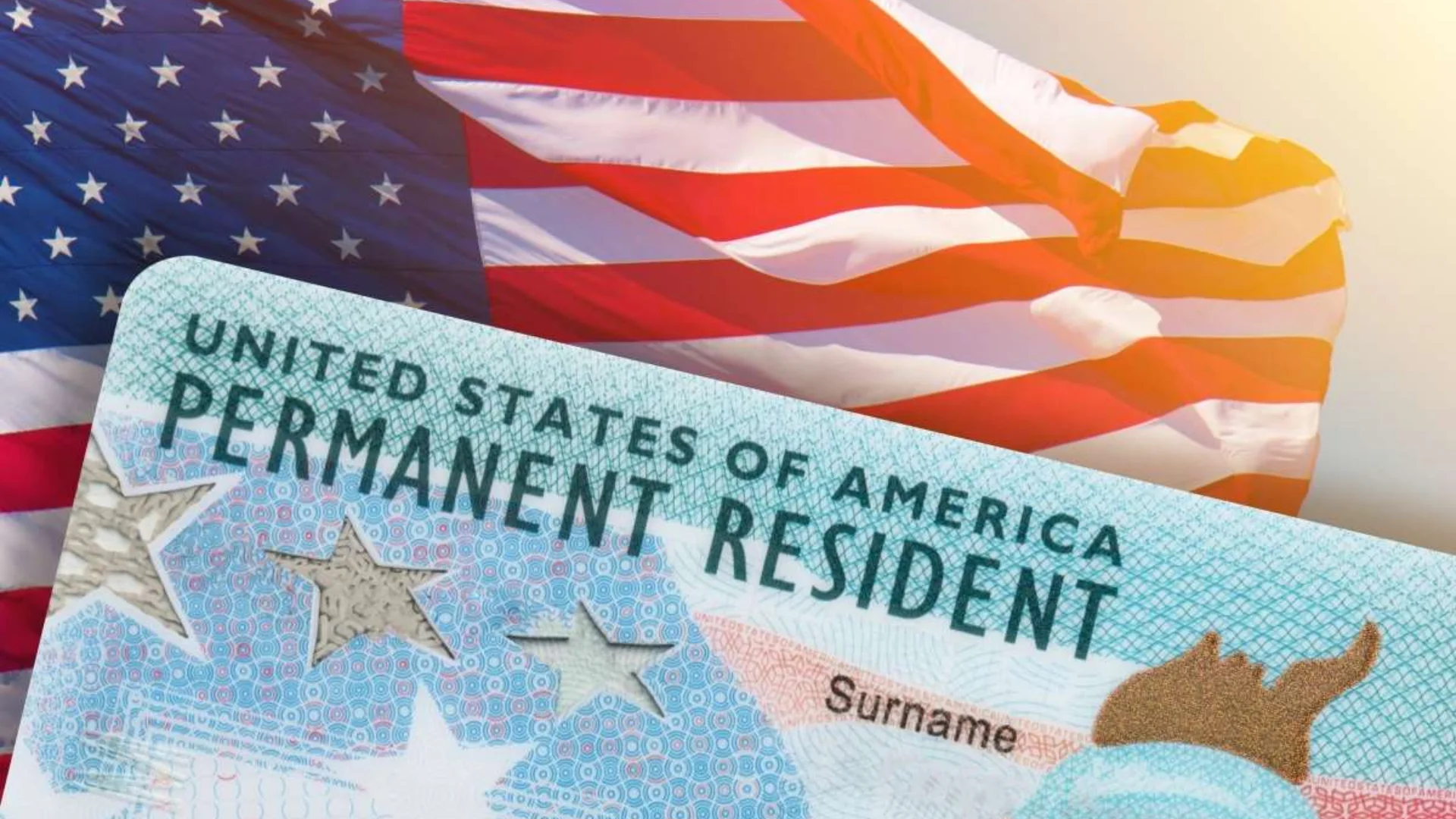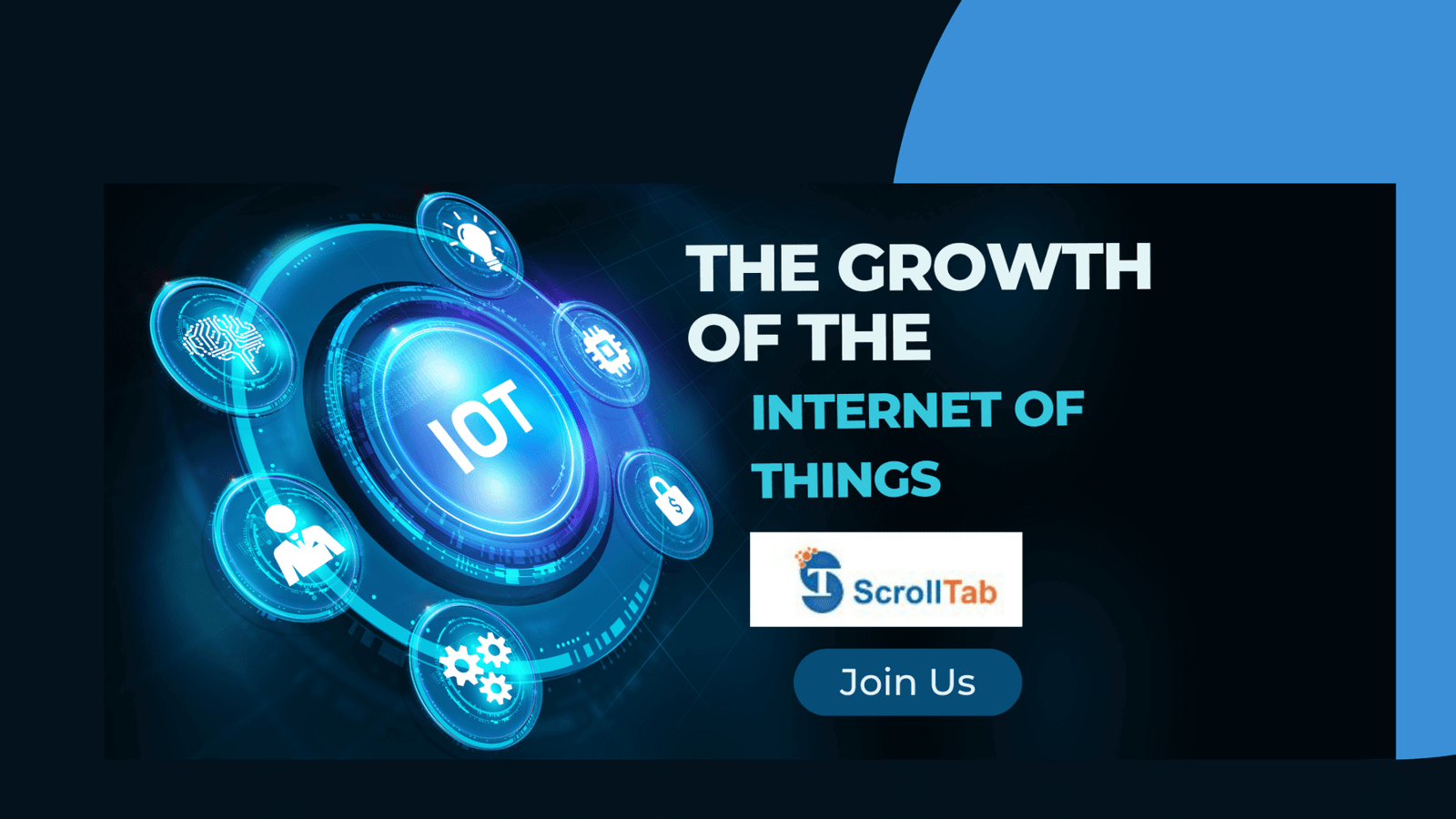Drone technology is a form of unmanned aerial vehicle (UAV) technology. It involves the use of drones (or unmanned aerial systems) for remote sensing, surveillance, data collection and delivery, and autonomous navigation. Drones are equipped with cameras, sensors, and other technologies that allow them to fly autonomously and collect data from a remote location or in real-time.
Drones can be used in a variety of ways, such as for commercial applications, military operations, research and development, and leisure activities. In the commercial sector, drones are used to provide aerial photography, surveying, mapping and inspection services. In the military sector, drones are used for intelligence, surveillance, and reconnaissance (ISR) missions, as well as for targeting and strike operations. In research and development, drones are used to study the environment, monitor wildlife, and collect data for scientific research.
Drones are also increasingly being used for recreational purposes and in leisure activities, such as racing and photography. In some countries, drone racing is becoming an increasingly popular sport, while in other countries, drone photography is becoming increasingly popular as a hobby.
Uses of Drones
- Drones are increasingly being used for commercial applications, such as aerial photography, surveying, mapping and inspection services. Drones are able to fly at high altitudes and capture images from a wide range of angles, providing businesses with detailed visual data of a specific location. This data can be used to monitor and assess the progress of construction sites, the status of crops and other agricultural activities, and the safety of roads and infrastructure.
- Drones are also used in military operations, such as intelligence, surveillance and reconnaissance (ISR) missions. Drones can be used to provide real-time intelligence on a target area, as well as to detect and track enemy forces and identify potential threats. Drones can also be used to carry out precision strikes, providing an alternative to traditional military operations.
- Drones are also being used for research and development. Drones are used to study the environment, monitor wildlife, and collect data for scientific research. Drones can also be used to monitor weather patterns, track pollution levels, and measure the health of plants and animals in a given area.
- Drones are also increasingly being used for recreational activities and in leisure activities, such as racing and photography. In some countries.
What are 5 benefits of drones?
1. Increased Safety: Drones can be used to perform tasks that would otherwise be too dangerous for humans, such as inspecting buildings or surveying hazardous areas. This reduces the risk of injury or death to personnel.
2. Cost Savings: Drones can perform tasks that would be expensive or time-consuming to complete using traditional methods, resulting in cost savings.
3. Improved Efficiency: Drones can be used to collect data in a fraction of the time it would take using traditional methods, resulting in improved efficiency and productivity.
4. Enhanced Surveillance: Drones can be used to observe areas that would be difficult or impossible to access using traditional methods, such as remote or hazardous locations.
5. Expanded Reach: Drones can be used to cover large areas quickly and efficiently, expanding the reach of surveillance and data collection activities.
How do drones work?
1. Drones are powered by an electric motor that is powered by a battery or fuel. The electric motor powers the drone’s propellers, which allow it to move in the air. The drone also contains a Global Positioning System (GPS) receiver, which allows it to navigate and stay on course.
2. Drones also usually have an onboard camera and sensors, which allow them to collect data and images from a remote location. The camera can be used to take pictures and videos, while the sensors can detect motion, temperature, and other environmental data.
3. Drones are usually programmed with an autopilot system, which allows them to fly autonomously and carry out tasks without the need for a human pilot. The autopilot system is programmed with instructions and parameters that allow the drone to navigate and complete its mission.
4. Drones are typically controlled remotely by a pilot via a radio frequency link, which allows the pilot to control the drone’s movements and adjust its path. The pilot can also monitor the drone’s performance and collect data from the sensors.
What problems can drones solve?
- Disaster Relief: Drones can be used to deliver emergency supplies and medical aid to disaster-stricken areas.
- Search and Rescue: Drones can be used to locate missing persons and survey difficult-to-reach terrain.
- Agriculture: Drones can be used to monitor and assess crop health, soil erosion, and water quality.
- Infrastructure: Drones can be used to inspect roads, bridges, and other infrastructure for damage.
- Security: Drones can be used to detect and monitor security threats, such as intruders or suspicious activity.
Drone technology can save lives and create jobs for thousands of young people
Drones have become an invaluable tool in many industries, from search and rescue, to agriculture, to surveillance, to delivery. The technology has the potential to save lives and create jobs for thousands of young people. Search and rescue operations are often difficult and dangerous, with limited visibility and unpredictable terrain. Drones can provide real-time data and aerial views, enabling search teams to more quickly and accurately locate missing persons.
This can make the difference between life and death for those in distress. In agriculture, drones can provide detailed information about crop health, soil quality, and weather conditions. This data can help farmers increase yields, optimize resources, and reduce costs. As a result, there is potential for increased profits and the creation of new jobs in the agricultural industry. Surveillance drones are able to monitor vast areas, providing real-time data and video to law enforcement agencies. They can be used to detect suspicious activity, respond quickly to emergencies, and help prevent crime.
The use of drones can also create new jobs for young people in the security and surveillance industry. Finally, delivery drones have the potential to revolutionize the way goods are transported. By reducing the time and cost of delivery, they can help businesses expand their reach and create
Takeaway
drones have become an invaluable tool in many industries, from search and rescue, to agriculture, to surveillance, to delivery. The technology has the potential to save lives and create jobs for thousands of young people. The use of drones has allowed businesses to save time and money, and has enabled search and rescue teams to quickly and accurately locate missing persons. Additionally, drones can provide detailed information about crop health, soil quality, and weather conditions, which can help increase yields and optimize resources. Finally, drones can provide real-time data and video to law enforcement agencies, helping to prevent crime and create new jobs for young people in the security and surveillance industry.











